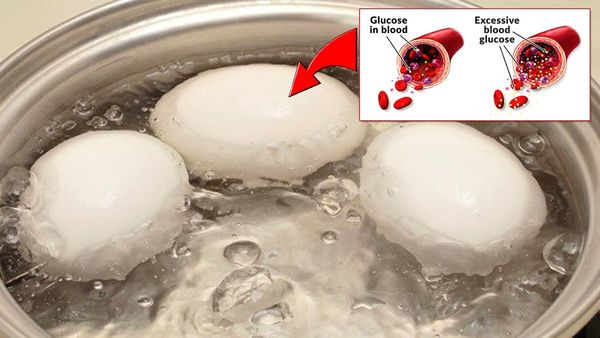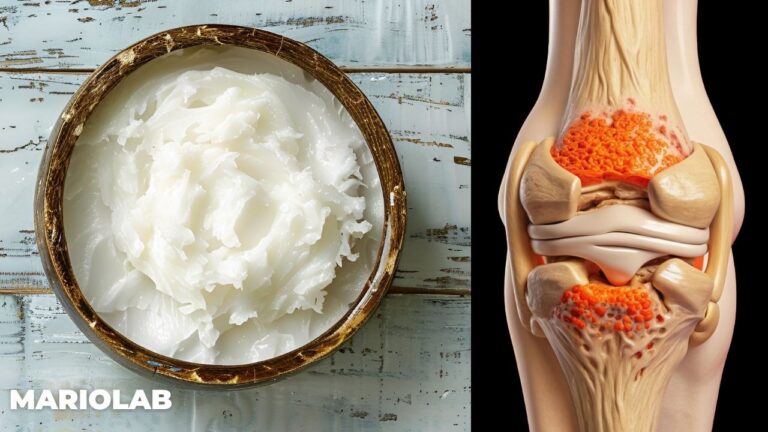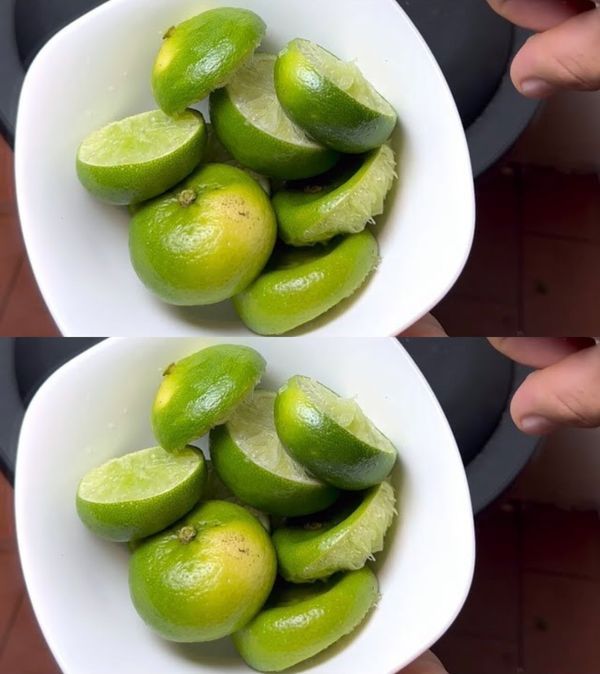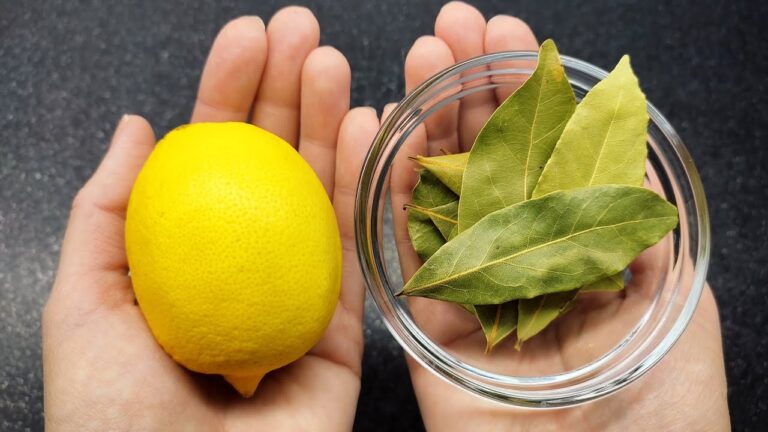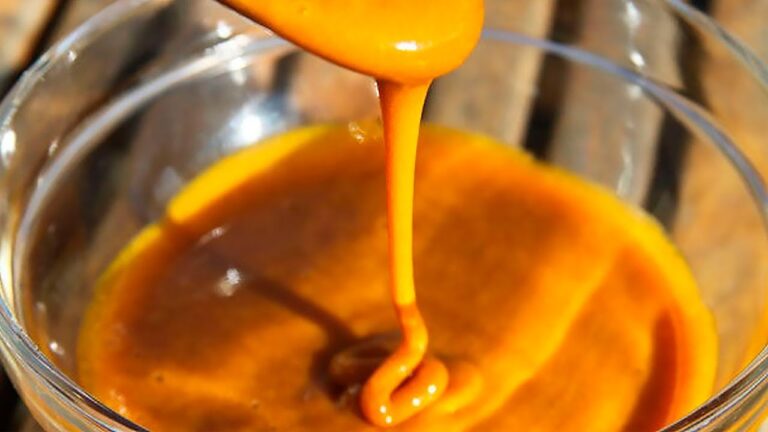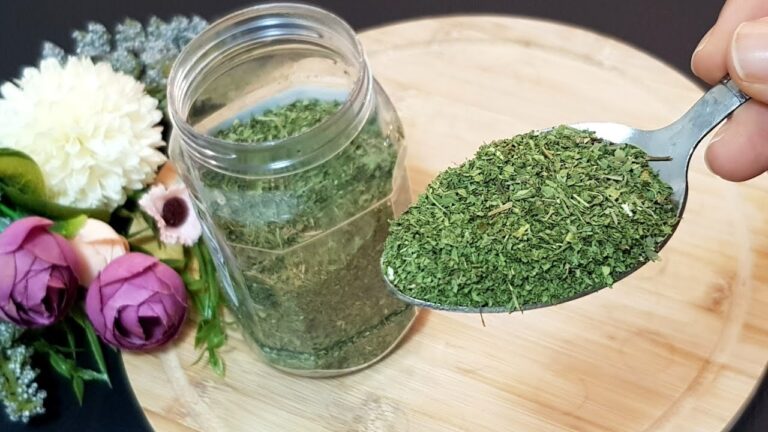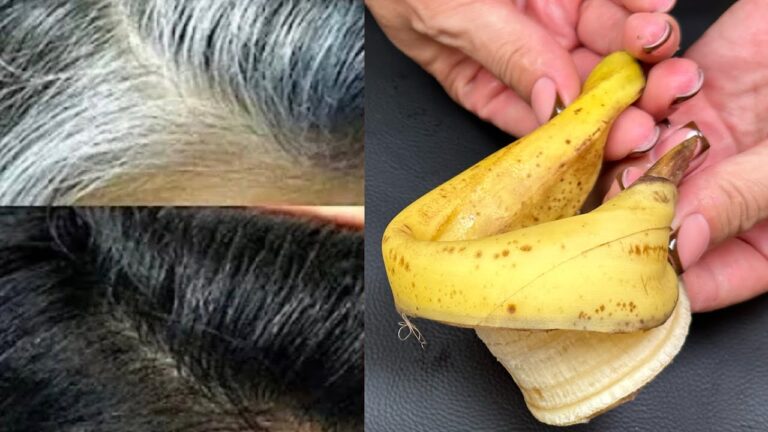Managing blood sugar levels can be quite a challenge, especially for those of us dealing with diabetes. But did you know that adding boiled eggs to your diet can actually help control your blood sugar? It’s a simple and effective strategy that can make a big difference. Let’s dive into the science behind it and learn how to use this nutrient-rich food to our advantage.
Low in Carbohydrates: Eggs are naturally low in carbs, which means they won’t cause a sudden spike in your blood sugar levels. This makes them a fantastic choice for managing blood sugar.
High in Protein: Eggs are also packed with high-quality protein. This helps slow down digestion and the absorption of nutrients, resulting in a gradual and steady rise in blood sugar levels instead of a rapid spike.
Promotes Satiety: The protein in eggs keeps you feeling full for longer periods of time, which reduces the temptation to snack on sugary or high-carb foods that can send your blood sugar levels soaring.
1. Timing of Consumption:
- As Part of a Balanced Breakfast: Eating a boiled egg for breakfast sets the tone for the rest of your day by stabilizing your blood sugar levels early on.
- In Combination with Other Foods: Pair a boiled egg with other healthy foods like whole grains or vegetables to create a balanced meal that helps maintain steady blood sugar levels. For example, having a boiled egg with a slice of whole-grain toast and avocado is an excellent way to start your day.
2. Consistency Is Key:
- Regular Intake: Make it a habit to include a boiled egg in your daily routine to maintain consistent blood sugar levels. Of course, it’s important to ensure that it fits within your dietary needs and calorie requirements.
3. Avoid High-Calorie or High-Fat Companions:
- Be Mindful of Additions: When enjoying boiled eggs, be cautious about what you pair them with. Avoid high-fat or high-calorie foods that can negate the benefits of the eggs, such as excessive cheese, butter, or processed meats like bacon.
Monitor Your Overall Diet: While eggs can certainly help control blood sugar, it’s important to keep an eye on your overall diet. Make sure to maintain a balanced diet that’s rich in fiber, healthy fats, and proteins while limiting sugars and refined carbohydrates.
Regular Monitoring: Keep track of your blood sugar levels to see how different foods and meal timings affect you personally. This will help you make informed decisions about your diet.
Consultation with Health Professionals: Remember to always discuss any dietary changes, especially if you have diabetes or other health conditions that affect your diet, with your healthcare provider.
In conclusion, boiled eggs are a nutritious and versatile addition to a diet aimed at controlling blood sugar levels. By following these tips and incorporating eggs into your meals, you can effectively manage your health and well-being.
